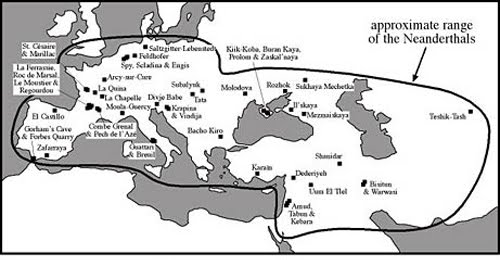Alan
Elite member
- Messages
- 2,517
- Reaction score
- 450
- Points
- 0
- Ethnic group
- Kurdish
- Y-DNA haplogroup
- R1a1a1
- mtDNA haplogroup
- HV2a1 +G13708A
The Natufians were full of E1b1b and CT Haplogroups. Seems like we have found the source of the Egyptian culture in Levantine Neolithic. The whole Afro_asiatic family seems to be descend from the Levantine_Neo.
Natufians and Anatolian farmers are very similar but still distinct, while Zagros farmers are significantly different from the former both.
Mesolithic Zagros H&G were more Basal Eurasian than Natufians which indicates that Basal Eurasian in fact derives from further East than South. Possibly Iranian coastle region.
And there seems to be EHG like ancestry in mesolithic Iran.
Mal'ta is modeled as ~28% Iranian Neolithic like, 15% CHG and ~35% WHG like
EHG is modeled as 80% WHG, 7% Iranian Neolithic and 10% CHG like.
Natufians and Anatolian farmers are very similar but still distinct, while Zagros farmers are significantly different from the former both.
Mesolithic Zagros H&G were more Basal Eurasian than Natufians which indicates that Basal Eurasian in fact derives from further East than South. Possibly Iranian coastle region.
And there seems to be EHG like ancestry in mesolithic Iran.
Mal'ta is modeled as ~28% Iranian Neolithic like, 15% CHG and ~35% WHG like
EHG is modeled as 80% WHG, 7% Iranian Neolithic and 10% CHG like.
Last edited:




